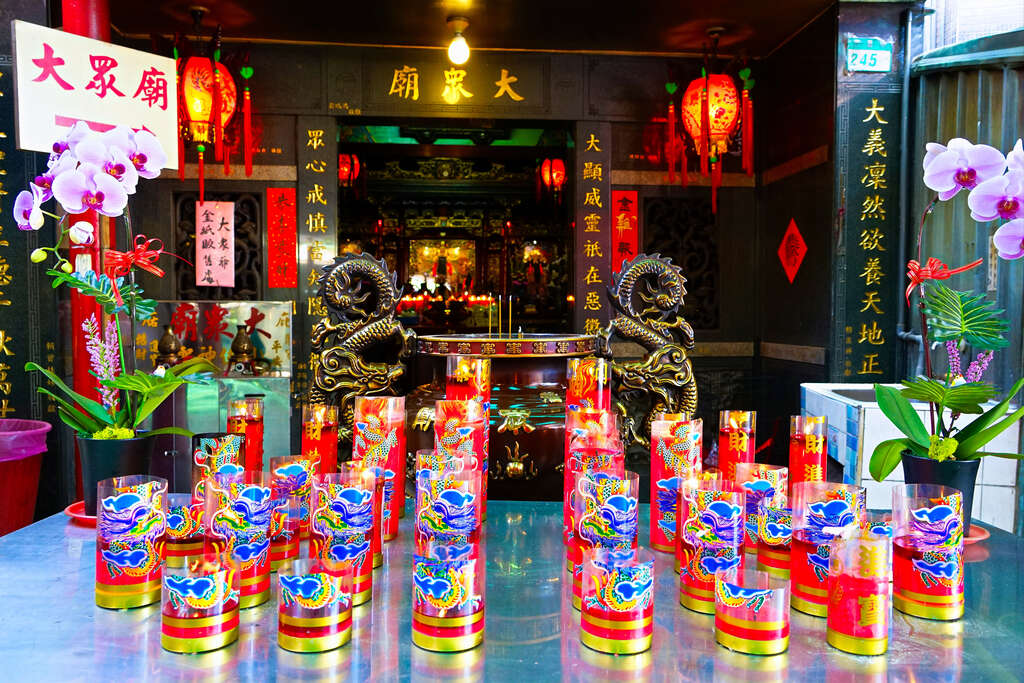Mengjia Qizhang Temple Introduction
Mengjia Dizang Temple, commonly known as Mengjia Dizang Wang Temple, is dedicated to Kṣitigarbha Bodhisattva and is a designated historical site in Taiwan. The temple is located on Xichang Street in the Wanhua District of Taipei City. It was built in the 25th year of the Qianlong reign (AD 1760) and was renovated in the 18th year of the Daoguang reign (AD 1838). Originally a privately owned property, during the Japanese colonial period, management was transferred to Longshan Temple to avoid appropriation by the authorities. The temple faces east and maintains the style of a single hall temple from the mid-Qing Dynasty. Its architectural structure is simple with modest carvings. The temple features a single hall building with three openings and a roof adorned with swallowtail ridges and gable ends. The entrance has a rolled roof entranceway, with circular columns. Inside, the large wooden structure uses a beam frame system, and lantern beams are installed in the main hall for hanging lanterns. Besides enshrining Kṣitigarbha Bodhisattva, the temple also has side deities: the Emperor of the North on the left, and the City God of the Prefecture and Marshal Tian Du on the right, with Generals Fan and Xie on either side. The City God Temple was originally located within Taipei City but was destroyed during the Japanese occupation and the City God was relocated here. Marshal Tian Du was originally enshrined in Zilai Temple on Xiyuan Road, which was also destroyed, and was moved here as well. Every year on the 30th day of the seventh lunar month, a large celebration for the birthday of Kṣitigarbha Bodhisattva is held. The offering table features an ancient incense burner from the 25th year of the Guangxu reign, inscribed with "Autumn Blessings of the Year of Yi Hai," and the plaque bearing the temple's name "Mengjia Dizang Temple" was established in the 8th year of the Guangxu reign. The aged incense burners on the offering tables of the Generals Fan and Xie, flanking the main deity, were established in the 34th year of the Meiji era. Adjacent to the temple is a public temple dedicated to the Lord of the Masses, representing souls without owners, mostly early immigrants who tragically died while cultivating the land. This temple was also built in the 25th year of the Qianlong reign, highlighting the close historical relationship between the two temples.











